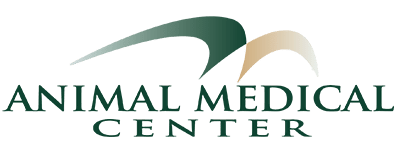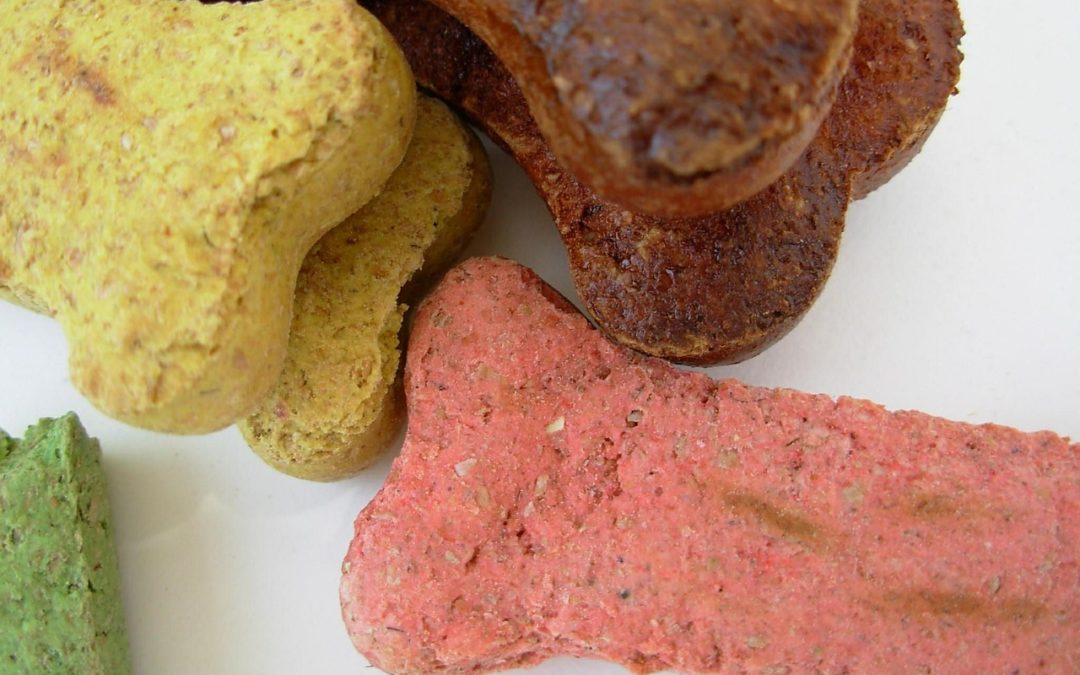Understanding Pet Food by Tara Lynn, Animal Medical Center Pet Nutrition Specialist and Technician
Over the last decade it seems like Pet food choice has become both a huge industry and a huge source of stress for pet owners. Pet food advertising has become more and more focused on health and in many ways each commercial seems to imply that ‘only bad pet parents don’t feed this food’. At Animal Medical Center we want to help you de-stress and to help you feed your pet a balanced healthy diet. In the paragraphs below we will briefly discuss some common misconceptions about pet food and make our pet food company recommendation for your pet.
Over-Feeding
The number one food related problem for cats and dogs is over feeding – also known as free-feeding – and feeding human food. Overweight and obesity in pets causes all of the same problems that it can cause in humans, including diabetes, heart problems and severe stress on the bones and joints. Many pet owners believe that their pets must be hungry if they are willing to eat. Because dogs and cats instinctively eat as though they still live in the wild where food availability is inconsistent and unreliable, they will not self-regulate their food intake to keep themselves at an optimum weight. They need you as the human to do this for them!
Please know that the food you choose for your pet should have all of the nutrients that your pet needs. No other food – including human food – is necessary to keep her healthy. Also, please know that refusing to over feed your pet is one of the greatest gifts you can give him. Our Gillette Veterinarians recommend reading the label of whatever pet food you choose and feed only the amount directed or ask our staff. Limit treats. Remember dogs are rewarded as much by your reaction than the actual food.
Current pet food fads:
‘Organic’
Organic food is all the rage for both humans and pets right now. The definition of organic in regards to food is ‘pertaining to, involving, or grown with fertilizers or pesticides of animal or vegetable origin, as distinguished from manufactured chemicals’. Organic food can be found by looking for this seal:
Be careful – there are seals that look similar but do not indicate 100% organic.
‘Natural’ or ‘all natural’
Natural is a word that has become very popular in the last decade. Natural does not have a specific definition when it comes to pet food, so any pet food company can use the word without it holding any meaning.
‘Corn’
Corn and grain have gotten a bad rap over the last decade. Many people have begun to think of corn and other grains as fillers that provide very little nutritional value to dogs and cats. This is untrue. Especially in regard to dogs because dogs are not carnivores; they are in fact omnivores needing nutrition beyond protein to survive at an optimal level. Corn provides energy and linoleic acid which is an essential fatty acid for dogs. Ounce for ounce corn has twice the level of antioxidants as an apple. And contrary to popular belief less than 3% of cats & dogs are allergic to grains.
Animal Medical Center of Wyoming’s recommendation:
There are lots of pet food fads out there and the marketing for pet food products can be extremely persuasive, especially on-line. Let your Gillette Veterinarian at AMC help you make the best nutritional plan for your pet.
For 24 years Animal Medical Center of Wyoming Veterinarians and staff have carried and prescribed Hill’s Science Diet dog and cat foods. Hill’s is and has been a leader in the pet food world for many years. The Hill’s difference is that the company spends significant percentages of their profits on research, clinical testing and food trials – instead of advertising. We have many of their products in our pet food outlet and can quickly order any product they offer. We also provide free pet food consultations. Just call and we can schedule you an appointment.


